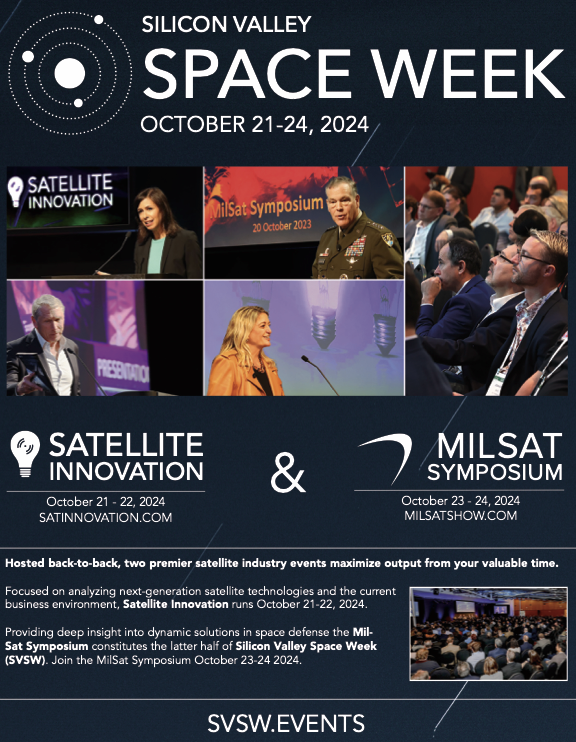The Military Laser Systems Market is estimated to be approximately $5.0 billion in 2023 and is projected to reach $7.5 billion by 2028, at a CAGR of 8.7% during the forecast period, according to MarketsandMarkets, a research and analysis firm.
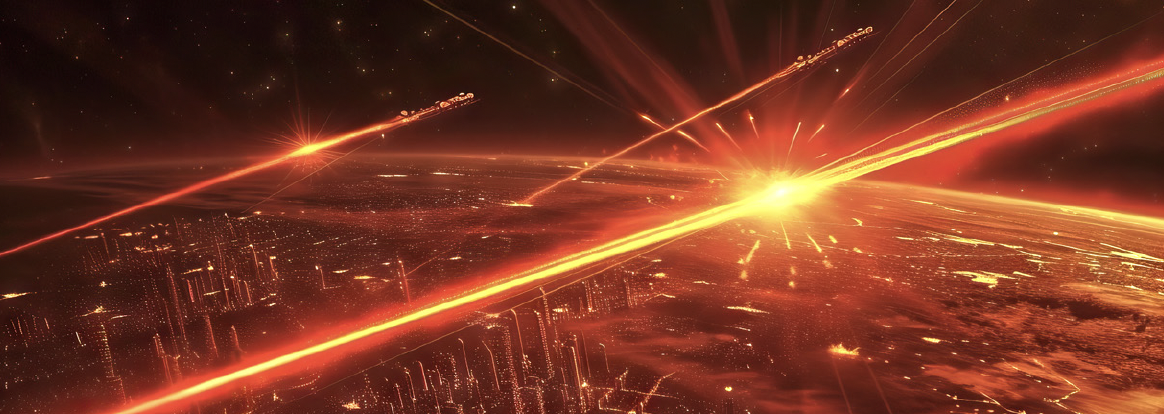
The driving factor for the military laser systems market is the significant investments in modern weapon systems by governments — laser technology is widely used in military communication systems, directed energy weapon systems as well as target designation and ranging system, among other uses.
Laser sysems are also used to enhance military mission success rate by providing knowledge of target locations, protecting armed forces personnel, and for countering and destroying hostile forces.
According to MarketandMarkets, a research and analysis firm, the top, key players, in alphabetical order, in this market include...
• BAE System plc (UK)Lockheed Martin (US)
• Northrop Grumman Corporation (US)
• Raytheon Technologies Corporation (US)
• Thales Group (France)
Military Laser
Systems Market
Segmentation
The platform segment has been segmented into land, airborne, naval, and space. Based on platform, the naval laser market segment is expected to grow at the highest CAGR during the forecast period. The growth of the naval segment can be attributed to the increasing development of shipboard weapon systems to strengthen maritime border security.
Based on application, the weapons segment is projected to grow at the highest CAGR during the forecast period. The growth of this segment is attributed to the growing disagreements between neighboring nations and that factor led to an increase in demand for modern weaponry.
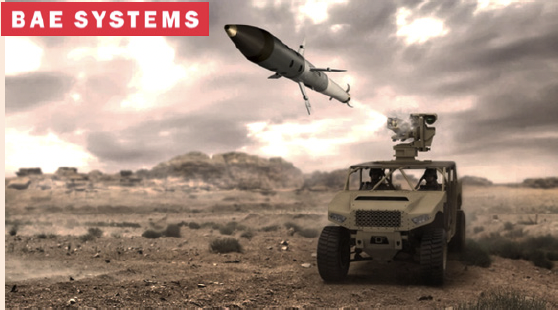
A light, tactical vehicle fires an APKWS® laser-guidance
kit. Photo is courtesy of BAE Systems
The weapons segment has been further classified into lethal and nonlethal weapons. The lethal weapon has ability to kill or destroy land, naval and aerial threats.
Based on technology, the fiber laser technology is expected to grow at the highest CAGR during the forecast period. The technology segment has been segmented into solid-state laser, fiber laser, semiconductor laser, gas laser, liquid laser, and free-electron laser.
Among these, fiber laser witnesses strong growth during the forecast period. Fiber lasers are highly compact, robust, efficient, low maintenance, reliable, and long-lasting high-energy lasers. It is widely used in directed energy weapons.
The applications of fiber lasers typically include tactical directed energy and power beaming. Electrical fiber las rs can be spectrally combined to produce a high-power, weapon-grade beam.
Laser System
Examples
BAE Systems offers a combat-proven APKWS® laser guidance kit that redefines precision munitions by hitting targets with pinpoint accuracy and minimal collateral damage.
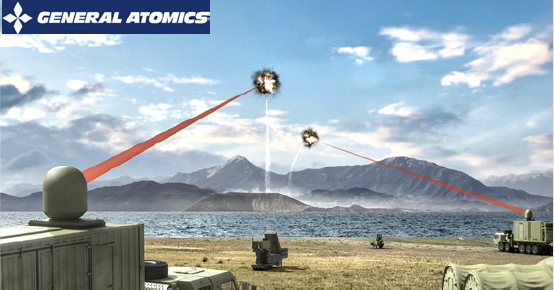
Artistic rendition of the GA-EMS HEL weapon system in
operation, courtesy of the company
The company’s APKWS guidance kit transforms unguided 2.75-inch (70 millimeter) rockets, such as the Hydra 70 Mk 66 and others, into precision- guided munitions (PGMs).
Qualified on numerous U.S. Department of Defense (DoD) platforms, APKWS laser guidance kits provide affordable surgical-strike capability to multiple rotary-wing and fixed-wing platforms. Development, testing, and demonstrations are underway for UAS aircraft, as well as ground-based platforms.
According to BAE Systems, the APKWS system bridges the gap between unguided rockets and larger anti-armor munitions, with commonality across U.S.
The APKWS guidance kit equipped rocket consistently hits their intended targets with pinpoint accuracy, while limiting collateral damage. The guidance section is designed to lock onto targets from more than 6 kilometers away, supporting survivability and mission success by keeping the launch platform at a safe, standoff distance from threats.
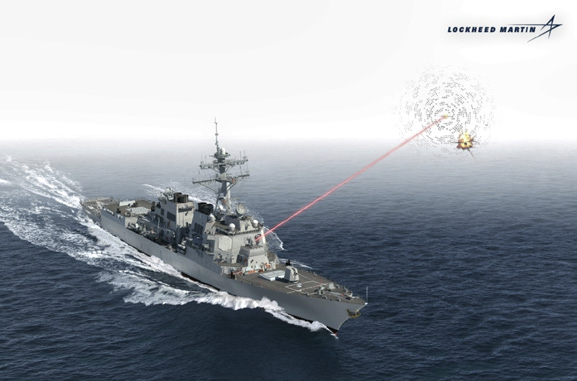
Lockheed Martin’s HELIOS, a transformational laser
weapon system, provides directed energy capability to the
US Navy. Image is courtesy of Lockheed Martin
A recent Single Variant Block Upgrade optimized flight trajectory, enabling the rocket to hit targets at a steeper angle of attack for enhanced lethality. The APKWS Kit has been in full-rate production for more than six years and, to date, more than 50,000 units have been delivered.
Another company engaged in laser weapon production is General Atomics- Electromagnetic Systems Group (GA-EMS).
The company offers their HEL weapon system that offers significant power- on-target, thereby enabling shortened engagements and rapid retargeting.
The increased power provides lethality at longer ranges and increased effectiveness against hard targets. The system’s modular, scalable design also offers significant reductions in size, weight, and power consumption to suit air, land, and sea-based platforms.
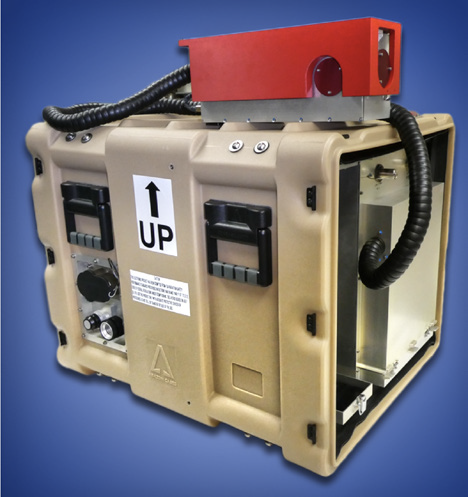
The Phantom system in transportation configuration
(within ruggedized enclosure). Photo is courtesy
of Northrop Grumman.
In August of 2020, Lockheed Martin Corporation delivered Helios, an advanced, 60+ kW-class, high-energy laser weapon solution to the US Navy to enhance their naval capabilities
The HELIOS was the first tactical laser weapon system to be integrated into US Navy existing ships and provides directed energy capability to the fleet. Integrated and scalable by design, the multi-mission HELIOS system provides tactically relevant laser weapon system warfighting capability as a key element of a layered defense architecture.
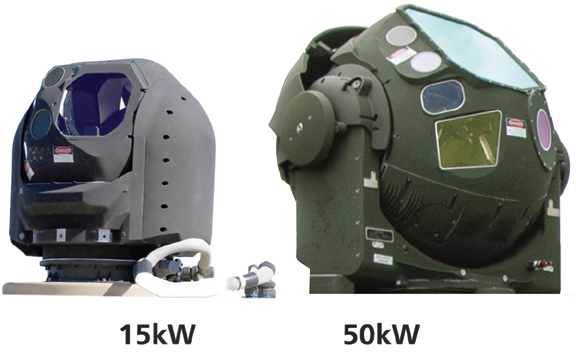
Photo is courtesy of RTX (Raytheon
The laser system provides for an additional layer of protection for the fleet with a deep magazine, low-cost per kill, speed of light delivery and precision response.
Northrop Grumman Corporation (NYSE: NOC) continues their multi-year involvement with laser weaponry and, last year, delivered a miniaturized high-energy laser source to the U.S. government. This ruggedized laser is for field use and the miniature size of the unit allows for rapid placement in tactical situations.
The 10kW class, high-energy laser, known as Phantom, is about 12 cubic feet (nearly the size of a mini fridge) and weighs less than 200 pounds, enabling two personnel to lift, carry and install the unit.
RTX (Raytheon)’s high-energy laser (HEL) systems use photons, or particles of light, to carry out military missions and civil defense.
This directed energy technology enables detection of threats, tracking during maneuvers, and positive visual identification to defeat a wide range of threats, including unmanned aerial systems, rockets, artillery and mortars.

Raytheon laser weapon systems work on land, in the air and at sea, providing 360-degree coverage that protects bases, airports, stadiums and other high- value military or civilian targets.
The system’s open architecture adapts to the demands of the mission, while ruggedized packaging means it can be used as a standalone system or rapidly installed on a variety of military platforms. Raytheon completed full installation and testing on Army combat vehicles as well as an Apache attack helicopter.
HEL is an affordable and viable option to protect military and critical infrastructure, and rapidly defeat threats. With a low cost-per-shot ratio, lasers offer a nearly infinite number of shots, minimal logistics and precision accuracy with very low collateral damage. It is an affordable alternative to traditional munitions.

For more than 40 years, Thales has been a world leader in the design, development and manufacturing of high- energy diode-pumped and flashlamp-pumped nanosecond lasers for industrial applications.
The company is also engaged in the production of powerful, ultrashort pulse Ti:Sa femtosecond laser systems, boasting power of up to 10 petawatts, for scientific applications.
www.marketsandmarkets.com
MarketsandMarkets was founded in 2009 and explored emerging and fastgrowing opportunities and evolved from being a market research publisher to a growth enabling firm. Earlier this year, the company made a formal transformation into one of America’s best management consulting firms as per a survey conducted by Forbes.



